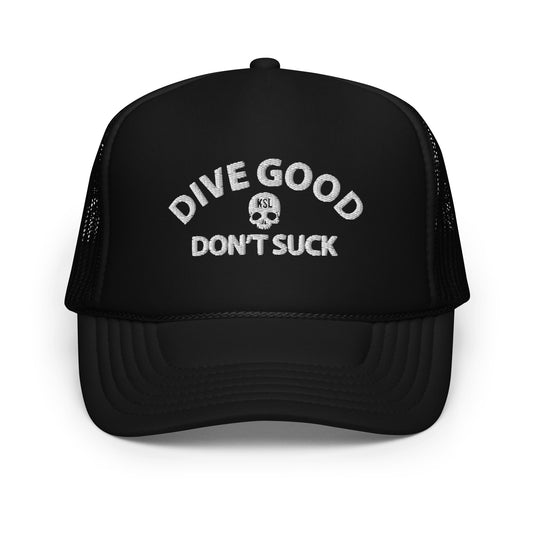Why Spearfishing Billfish Makes Sense for Conservation
Share

Image credit: Joe Delinks
Spearfishing for billfish, particularly marlin, often sparks heated debates among the sportfishing community. Critics argue that targeting these majestic creatures with a spear is unsustainable and detrimental to their populations. However, a closer examination reveals that spearfishing may actually be a more responsible and conservation-friendly method of harvesting billfish. I'll present some thoughts below on why spearfishing for billfish makes sense from a conservation perspective.
The Spearfishing Approach
When a spearfisherman takes a marlin, the intention is clear: to harvest and consume that single fish. Spearfishing is a selective practice, allowing the spearo to target specific individuals, ensuring minimal bycatch and environmental impact. The total number of marlin taken annually by spearfishermen is relatively low, estimated to be around 100 to 200 fish globally. This is a stark contrast to the thousands of marlin caught and released by sportfishermen each year.
The Catch-and-Release Dilemma
Catch-and-release fishing is widely promoted as a conservation practice within the sportfishing community. However, the reality is that not all released billfish survive. Studies have shown that post-release mortality rates for billfish can range from 20% to 40%, influenced by factors such as handling techniques, hook type, and the duration of the fight.
For instance, a study by Domeier and Dewar (2003) found significant mortality rates among striped marlin released after being caught with recreational tackle. Similarly, research by Horodysky, Graves, and Latour (2006) highlighted the high post-release mortality of white marlin in the U.S. recreational fishery. These findings suggest that a considerable number of billfish die after being released, contradicting the notion that catch-and-release fishing is entirely benign.
A Case Study: Central American Lodge
To illustrate the impact, consider a Central American lodge that reported 12,160 billfish caught and released in a single year. Applying the post-release mortality rates from the studies mentioned above, this would result in the deaths of between 2,432 and 4,864 billfish. These figures highlight the hidden cost of catch-and-release fishing, where thousands of fish are killed but not consumed.
![]()
Conservation Efforts in Sportfishing
The sportfishing industry does make efforts to offset the impact of catch-and-release mortality. Initiatives such as tagging programs, habitat restoration, and funding for marine conservation projects are commendable and necessary. However, these efforts do not negate the fact that many billfish die after being released, contributing to the overall decline in their populations.
The Spearfishing Advantage
In contrast, spearfishing ensures that every fish taken is utilized and not wasted. Spearfishermen often operate under strict personal quotas, taking only what they need and leaving the rest. This method of harvesting is inherently sustainable, reducing the pressure on billfish populations and minimizing unnecessary mortality.
Conclusion
The next time you hear someone criticizing spearfishermen for targeting billfish, consider the broader context of conservation. Spearfishing, when practiced responsibly, can be a more sustainable and conservation-friendly approach compared to catch-and-release sportfishing. By selectively harvesting and consuming their catch, spearfishermen contribute to the health and balance of marine ecosystems, ensuring that these magnificent creatures continue to thrive for generations to come.
Citations:
- Domeier, M. L., & Dewar, H. (2003). "Post-release mortality rate of striped marlin caught with recreational tackle." Marine and Freshwater Research.
- Horodysky, A. Z., Graves, J. E., & Latour, R. J. (2006). "Post-release mortality of white marlin caught in the U.S. recreational fishery." North American Journal of Fisheries Management.












